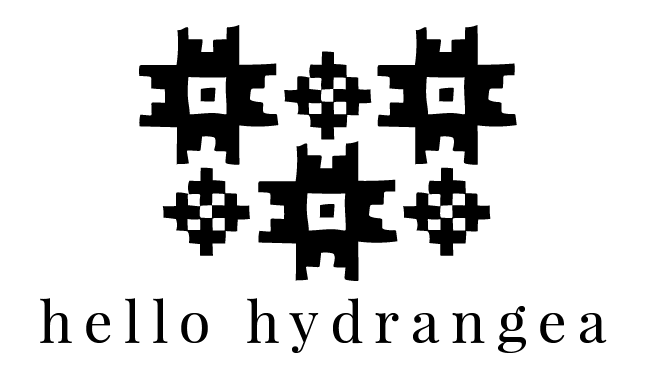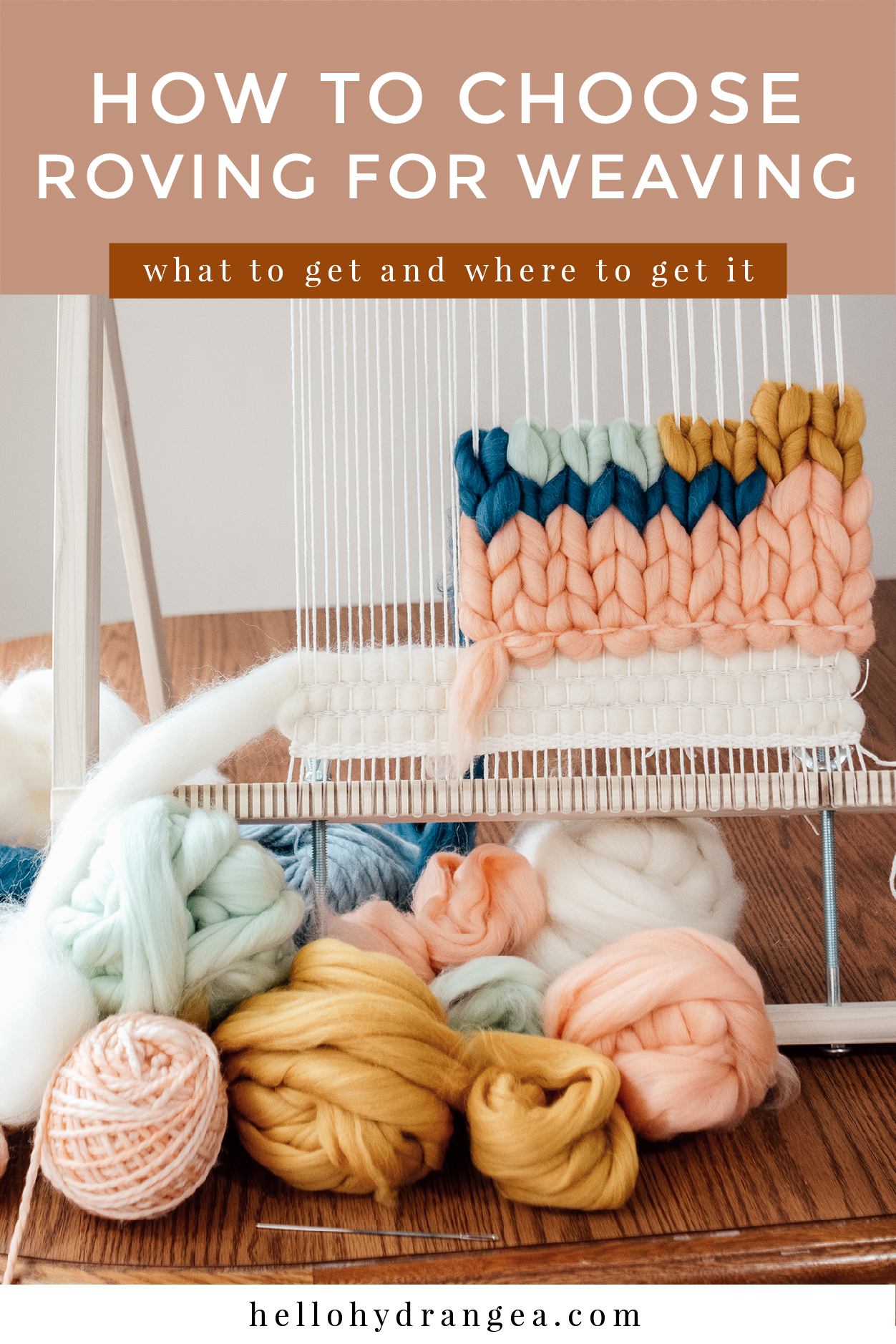How to Choose Roving for Weaving
Choosing Roving
The better quality your roving is, the happier your weaving experience will be! When choosing roving (especially online), pay attention to a few things. Read below for all the details on what to get and where to get it.
Micron Number
This tells how thick each individual fiber strand is. The smaller the number, the finer, softer and better quality the roving is. The white roving on the right has a micron number around 27-30. It is frizzy-er and comes apart more easily, but is cheaper and works fine. 23 is the most common micron number for most weaving rovings. The colored roving balls have a micron number around 15-19. They are incredibly smooth and finer and work best for bigger bumps that are exposed without support of the warp strings. A human hair has a micron number of about 70!
Spinning Count
You might notice a second number next to micron numbers in descriptions. This is just another grade to measure the thickness of each strand (just like micron number.) A micron number of 15- 17 has a spinning count in the 80s. Micron number of 20-24 has a spinning count in the 70s. And etc.
Staple Length
This tells how long each individual fiber strand is. Staple lengths that are shorter will have more ends and be frizzier. Staple lengths that are longer will be smoother and won’t frizz as easily. Many online shops don’t share the staple length, but if you do come across the number, 2-4 inches, or 5-10cm, is a good length for weaving.
Weight
This tells you how much fiber you will be getting. Roving is usually sold by the weight in oz or grams, so it varies slightly depending on the micron number and thickness. How much do you get in a standard 4 oz or 100gm bag of roving? It doesn’t sound like much, but 4oz of roving usually equals about a 3.5 - 4.5 meter length when unrolled (the size of the balls above). Roving usually comes in a 1 inch thickness (and I usually like to split my strands lengthwise for thinner amounts to use in weaving, so it’s like getting twice that length!) You can do the math when ordering larger amounts.
Types
There are many different types of roving, based off of the fiber they are sourced from. The most common is wool from animals (sheep, alpaca, angora) but there are also vegan options (hemp, cotton, flax, bamboo, linen). There are even more categories among each of these. Different breeds of animals produce different types of wool. Merino is the most popular because it is one of the finest and softest, with a diameter of 20-25 microns and 4.5 inches staple length. You can research specific types of roving to find one that works best for you.
Get my roving class. (4 different ways to weave with roving, plus all the tips to keep it as smooth and fluffy as possible!) CLICK HERE.
Where to get roving
There are many local and online sources. Etys is a great source - you can simply type in ‘vegan roving’, ‘dyed roving’, ‘wool roving’, etc., and filter shops by the name of your country or city to find options local to you! Below, I have included the sources I have used or been recommended.
(* = Vegan options)
USA
Mohair and More* (DHG Reseller)
Purple Moose (DHG Reseller)
CANADA
Felting Supplies* (DHG Reseller)
AUSTRALIA
Unicorn Fibres* (DHG Reseller)
UK
BELGIUM
ITALY
DHG* (You can also search for resellers in your country on their website)
KOREA
Studio Bunt (DHG Reseller)


